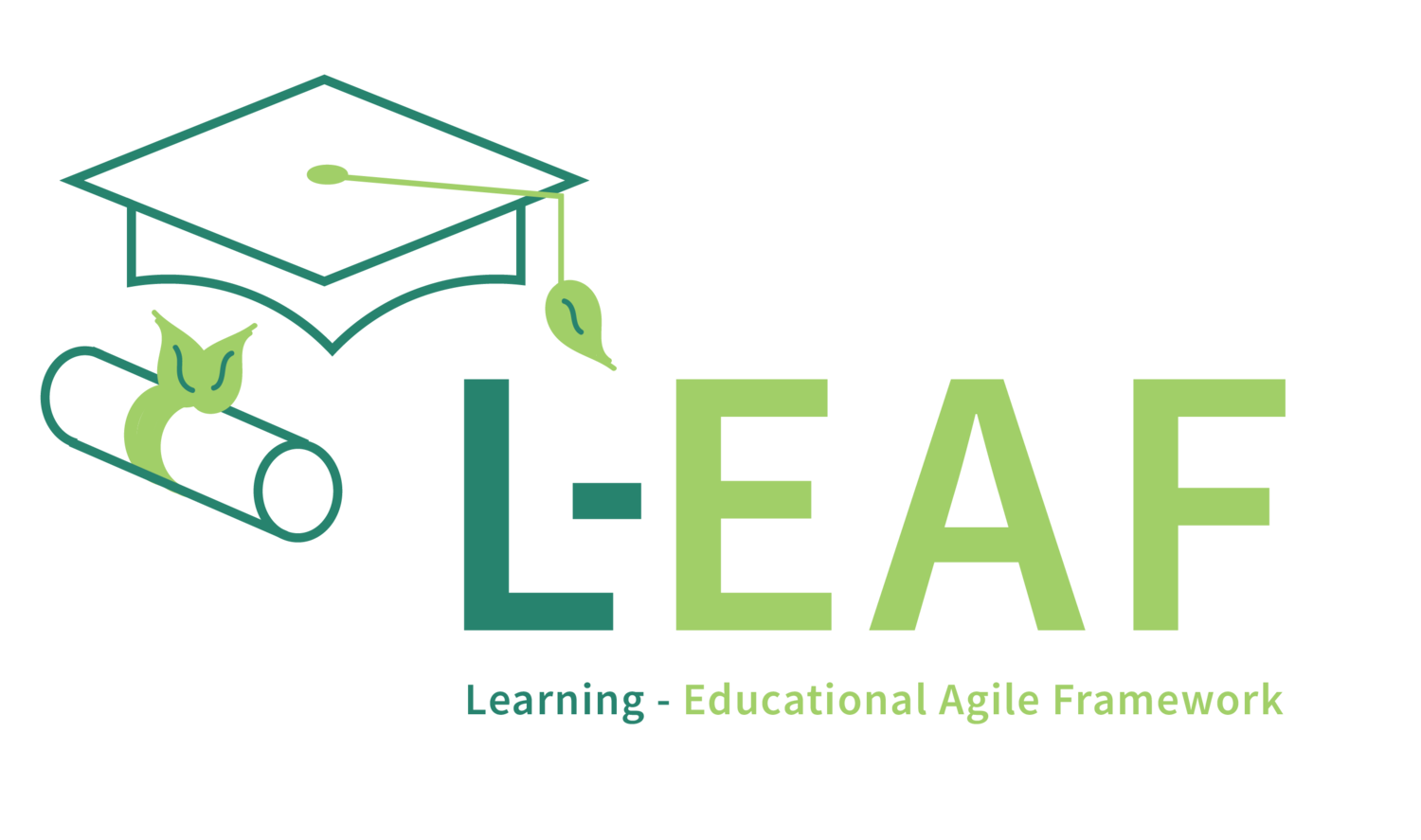Educational Agility: An Intro and Guide
In the ever evolving landscape of education, agility is proving itself an effective means of of both learning and educating. The concept of Educational Agility, while new, is rooted in the principles of Lean-Agile methodologies, a proven leadership style, mindset, and patterns for work management, offers a transformative approach for educators and students alike. While this may sound like “one more thing to do”, Educational Agility focuses on reducing the demand on teachers by creating pull based learning environments, that are engaging and designed for agency.
At the heart of Educational Agility lies a relentless commitment to continuous improvement, fostering a culture of experimentation and learning from mistakes, an empirical approach to improvement. By constantly seeking ways to enhance learning experiences, educators can create a more dynamic and responsive classroom environment. By challenging students to improve their personal and team learning conditions, teachers are able to provide mentorship while student team learn autonomy and critical problem solving. Collaboration and communication are equally essential, requiring the cultivation of open communication channels among teachers, administrators, students, and families. This collaborative approach builds trust and respect within the school community, enabling a more inclusive and participative learning process.
Educational Agility emphasizes flexibility and adaptability, essential for responding effectively to new challenges and opportunities so abundant in today’s world. Transparency in decision-making and clear communication of goals are foundational to building trust and ensuring the educational initiatives are positioned to meet the needs of students. Instead of solely focusing on educational measures, this approach prioritizes the hands-on learning process, fostering critical thinking, problem-solving, and collaboration skills in students.
Adopting agile values and principles enhances student engagement by allowing for greater personalization and differentiation in learning. Pull based learning systems are designed for the students to work out how they can best meet the Learning Objective and encourages a growth mindset, motivating students to embrace challenges and learn from mistakes. Moreover, agile practices improve efficiency and productivity by eliminating unnecessary bureaucracy and streamlining processes. The value of students skilled in agile ways of working, prior to entering the workforce, might be measured in the $100’s of millions if not billions.
Agile schools promote a collaborative and innovative culture, breaking down silos and fostering shared ownership and responsibility. This approach reduces burnout, promotes community, and encourages the development of creative solutions to educational challenges. The implementation of Educational Agility necessitates a paradigm shift from traditional to more dynamic methods. This might include moving from a traditional to and adaptive teaching pedagogy, prioritizing learning processes and skill growth over standardized test scores, and empowering teachers and students to take ownership of their learning.
Educational Agility requires reimagining the learning experience to support the social, emotional, and educational growth of students. This approach reduces the stress on teachers, enabling them to mentor students effectively on their learning journeys. Agile practices offer a framework for optimizing educational processes and reducing waste. By streamlining administrative tasks, more time and resources can be allocated to the core mission of teaching and learning, reducing teacher workload.
Educational Agility extends beyond the physical classroom, integrating blended learning environments and leveraging technology to personalize learning. This approach allows students to access learning materials and resources flexibly, catering to diverse learning styles.
Conclusion Implementing Educational Agility in schools creates vibrant, engaging learning environments that prepare students for success in the 21st century. This method empowers students to become self-directed learners and critical thinkers, ready to face the challenges of a rapidly changing world.
Simple Actions for Teachers to Try LearningFLOW, an Educational Agility Pedagogy:
Experiment with Collaborative Learning Techniques: Start incorporating group activities and peer-led discussions in your classroom. Allow the student to form into teams, giving each team the responsibility of gathering some knowledge to teach the other teams.
Adopt a Flexible Mindset: Be open to adjusting lesson plans and teaching methods based on student feedback and learning progress. Think outside of the book, allow students to explore learning resources that are less traditional and encourage critical thinking.
Try Micro Learning Cycles: Deconstruct your lesson plan into weekly learning goals, identify the activities that the students will need to define and pull, in order to meet the learning goal for the week. Let the students pull one activity at a time, get that activity done, and then pull the next one.
Encourage Reflective Learning: Implement regular sessions where students reflect on their learning journey and process sharing insights and improvements. Challenge them to design an experiment that will improve their learning process in some small way in the next Micro Learning Cycle.
Seek Continuous Improvement: Regularly review and update your teaching methods and materials, incorporating new ideas and approaches. Have an open conversation with your students and request feedback on things you might consider trying, as a means of improving the learning environment in some small way for all.
By embracing Educational Agility, teachers can create a more adaptable, innovative, and student-centered learning environment, enhancing the overall educational experience.




